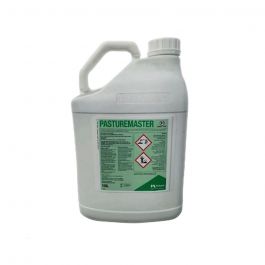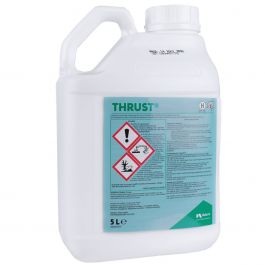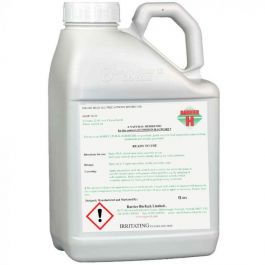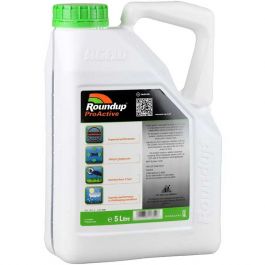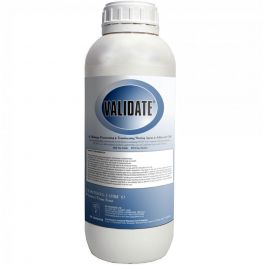How to Control Ragwort
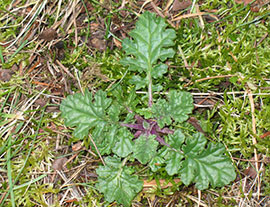
KEY FACTS
- Common name: Ragwort
- Scientific name: Senecio jacobaea
- Timing: Seen from spring to autumn; treat in late spring or autumn
ABOUT RAGWORT
Ragwort is a perennial problem for owners of paddocks and fields. Ragwort is classified as an “Injurious weed” by DEFRA under the Weeds Act 1959, meaning that failure to control ragwort on your land may lead to prosecution.
Ragwort should be treated in its early stages, usually in spring and autumn, when it can be found as a “rosette” growing near to the ground. If it is left to grow, flower and seed, ragwort can spread quickly and become very difficult to control.
One of the main reasons to treat the ragwort early on is that the smaller ragwort plants decay much more rapidly allowing a quicker return of livestock. If you sprayed later in the year when the plant is more developed, this would result in livestock being away from the treated area for many weeks while the ragwort plant breaks down. Any grazing animal should not return until all ragwort has either completely recovered or died and there is no visible sign of the dead weed.
IS RAGWORT HARMFUL?
Ragwort contains toxic alkaloids which are poisonous to people as well as livestock. Inside the ragwort plant, the alkaloid occurs in a non-toxic form, however, once the plant is eaten it changes first in the intestines and then gets broken down by the liver. It is these breakdown products which are formed in the liver that are toxic. As a result of this having a cumulative toxic effect it is difficult to spot ragwort poisoning in livestock before it is too late. Although it is impossible to calculate the exact number of horses affected by ragwort due to the long term nature of ragwort poisoning, it is estimated that up to 1000 horses a year (Ref. University of Liverpool Veterinary School) may be dying. Livestock will not usually eat ragwort while it is growing, however, once it has been cut and wilted down it becomes much more palatable therefore more attractive for the animals to want to eat. 
TREATING RAGWORT
Treat Ragwort with Thrust
Thrust is a highly effective paddock herbicide capable of controlling Ragwort rosettes up to dinner plate size. Thrust must be tank mixed with Validate, a penetrating adjuvant, to maximise Ragwort control levels. Thrust’s advantage over Headland Polo is that it can be applied in a knapsack or boom sprayer and is capable of controlling much more mature weeds. As with all professional use products, the appropriate protective clothing as described on the label of the product should be worn during spraying and mixing operations.
An alternative professional use product to kill Ragwort is Polo or PastureMaster
Both Polo or PastureMaster will give good control of most weeds found in paddocks and fields, including Ragwort, if applied at the cotyledon to 4 true leaf stage. It is also advisable to add Validate to improve the weed’s uptake of the chemical. A 10 L pack of Polo Herbicide or PastureMaster will cover about 8 acres and should be used only in a boom spray.
Kill Ragwort with Barrier H
Barrier H is a natural option for the control of Ragwort, destroying this deadly weed via its organic citronella ingredients. Barrier H can be applied at all stages of growth - unlike any other herbicide, Barrier H can be sprayed onto flower heads to prevent the production and spread of seed.
Control Ragwort with Roundup ProActive
Roundup ProActive will kill Ragwort but it also kills grass. In situations where surrounding vegetation is not a concern the glyphosate based herbicides can provide highly effectively control of ragwort.
| Method | Dose rate of Roundup ProActive | Dose rate of Roundup ProVantage | Application Advice |
|---|---|---|---|
| Overall or spot spray | 5 L/ha in 80 - 250 L water | 4.5 L/ha in 80 - 250 L water | Spray at flowering but before seed set. Ragwort plants can be cut or pulled 5 days after spraying, allowing grazing to recommence. Any remaining roots will die off |
| Weedwiper | 1 part Roundup ProActive in 2 parts water | 1 part Roundup ProVantage in 3 parts water | Useful method when working in inaccessible areas |
After treatment, with any herbicide, livestock should be kept out of treated areas for a minimum of the on label grazing animal exclusion period. If Ragwort has been treated then grazing animals must be excluded until all traces of ragwort are gone. Ragwort is especially dangerous as it dies and rots down as it becomes more palatable. Dead ragwort plants should be stored safely and dried, then burned or rotted down in compost for at least 12 months.

